DjangoBooks.com
Welcome to our Community!
Categories
- 17.9K All Categories
- 394 General
- 255 Welcome
- 10 Archtop Eddy's Corner
- 74 CD, DVD, and Concert Reviews
- 29 FAQ
- 9 Gypsy Jazz Italia
- 17 Photos
- 24 Gypsy Picking
- 3 Unaccompanied Django
- 1 Pearl Django Play-Along Vol.1
- 1 Gypsy Fire
- 21 Gypsy Rhythm
- 551 Gypsy Jazz University - Get Educated
- 104 Gypsy Jazz 101
- 175 Repertoire
- 128 History
- 88 Technique
- 39 Licks and Patterns
- Daniel Givone Manouche Guitare Method Users Group
- 17 Eddie Lang Club
- 997 Gypsy Jazz Gear
- 646 Guitars, Strings, Picks, Amps, Pickups and Other Accessories
- 315 Classifieds
- 36 Recording
- 38 Other Instruments
- 17 Violin
- 3 Mandolin
- 6 Accordion
- 3 Bass
- 9 Woodwinds
- 197 Gypsy Jazz Events
- 78 North America
- 81 Europe
- 38 International
In this Discussion
Who's Online 0
Repairing small crack on the top spruce
 WarnerB138
New
WarnerB138
New
Hi, I'm repairing a small crack on a guitar that I bought used (see photos). It is my understanding that this crack was not caused by any impact or pressure, but formed due to the wood shrinking/expanding slightly from lack of humidity. As seen in the photos, the crack is along the grain, right along the right side of the base of the neck, and "protected"/held together by the cross braces and neck brace, so it doesn't look like there's any pressure on this crack, just a slight splitting due to atmosphere. Notice also a small turn in the crack along the rosette. I want to ask what the best course of action would be for the repair. I've consulted a luthier friend about it and she said use Titebond, rub it deep into the crack, wipe the top surface clean with wet rag. And install small spruce cleats, one butted along the flat brace inside the guitar (along the line of the crack) and another crossing the rest of the crack closer to the sound hole. Clamp with magnets while the glue sets. Seal with a line of polyurethane. Is this the optimum repair method for this crack? What would YOU do if you were repairing this? Thanks
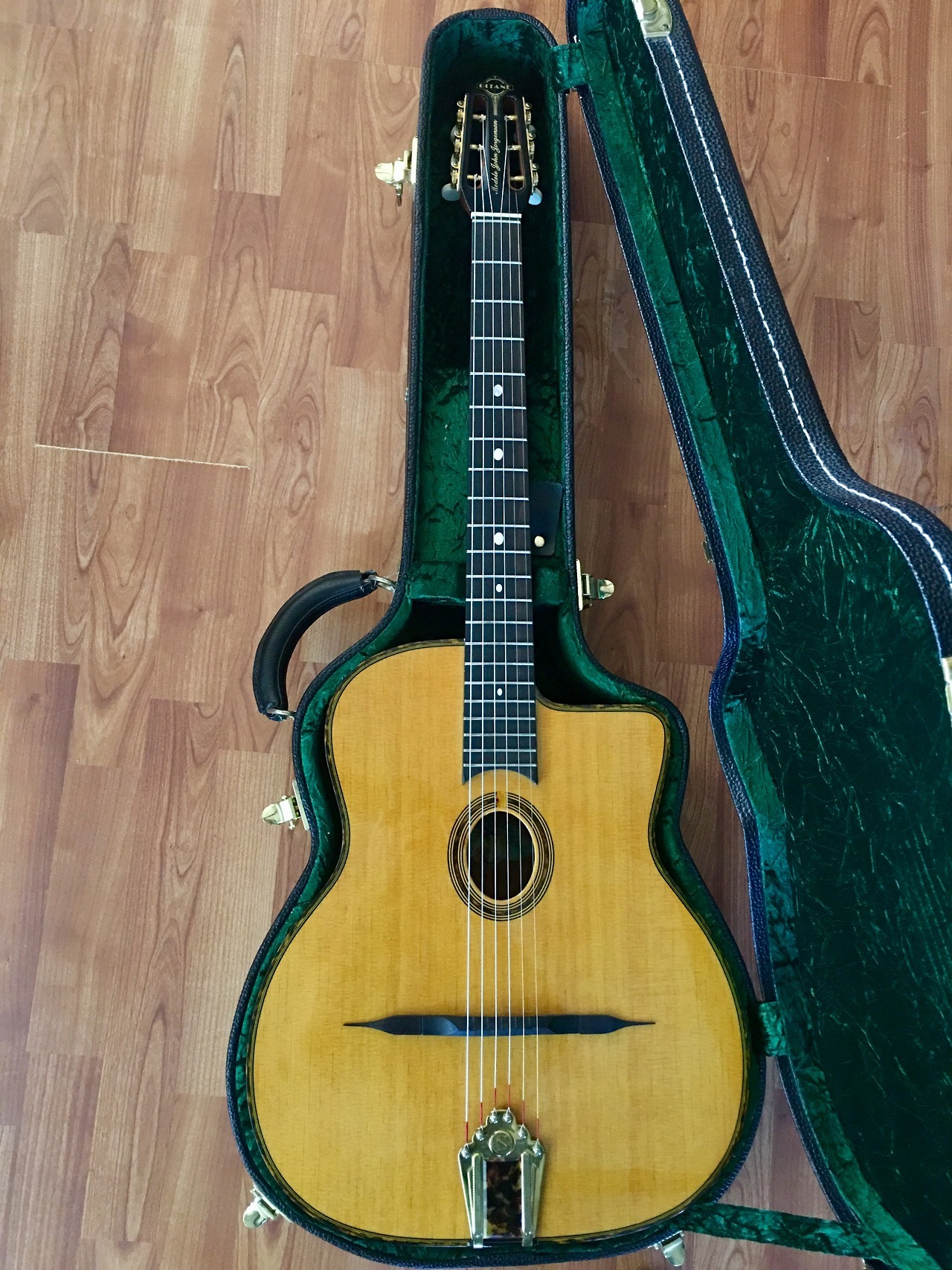


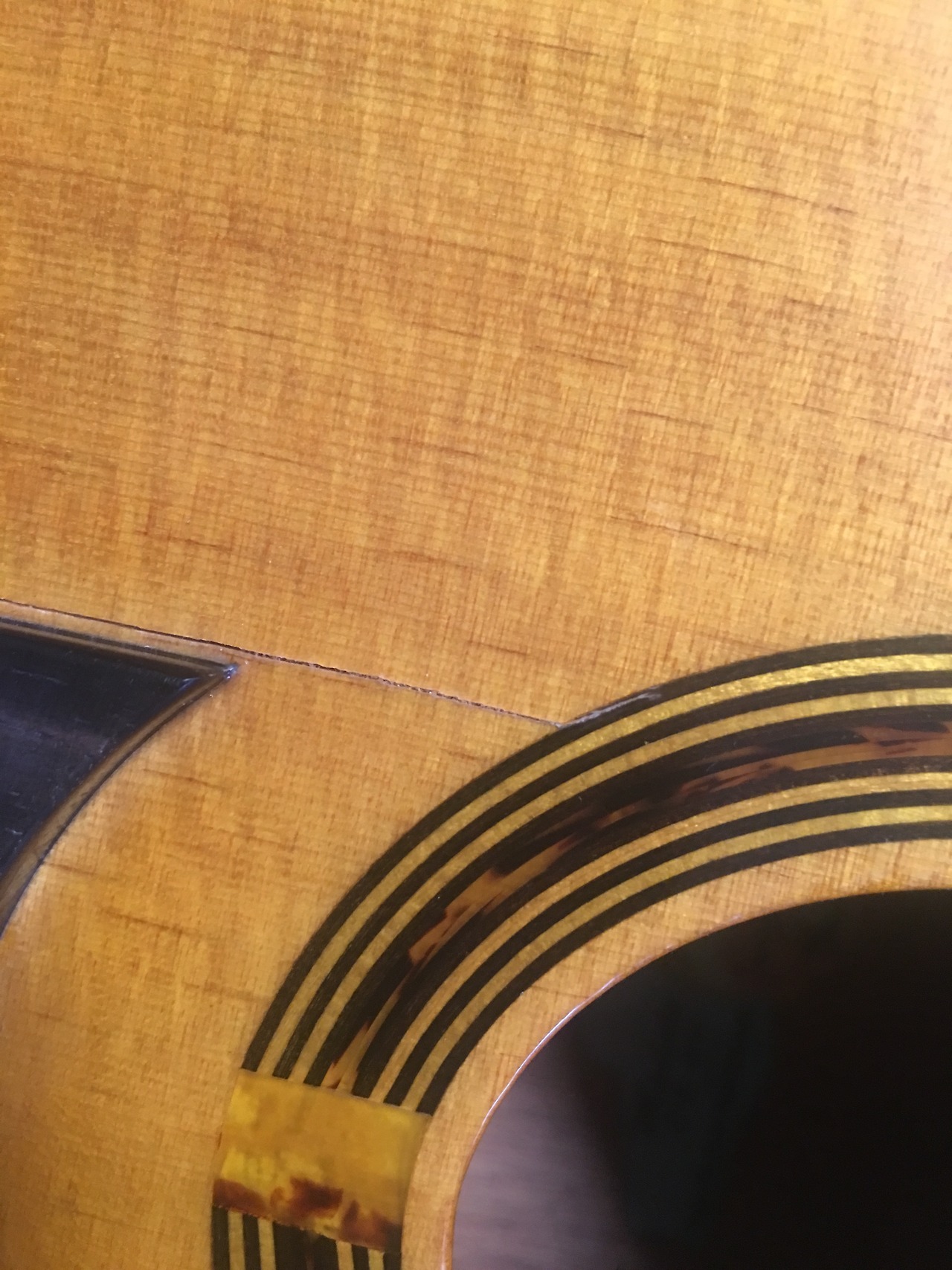
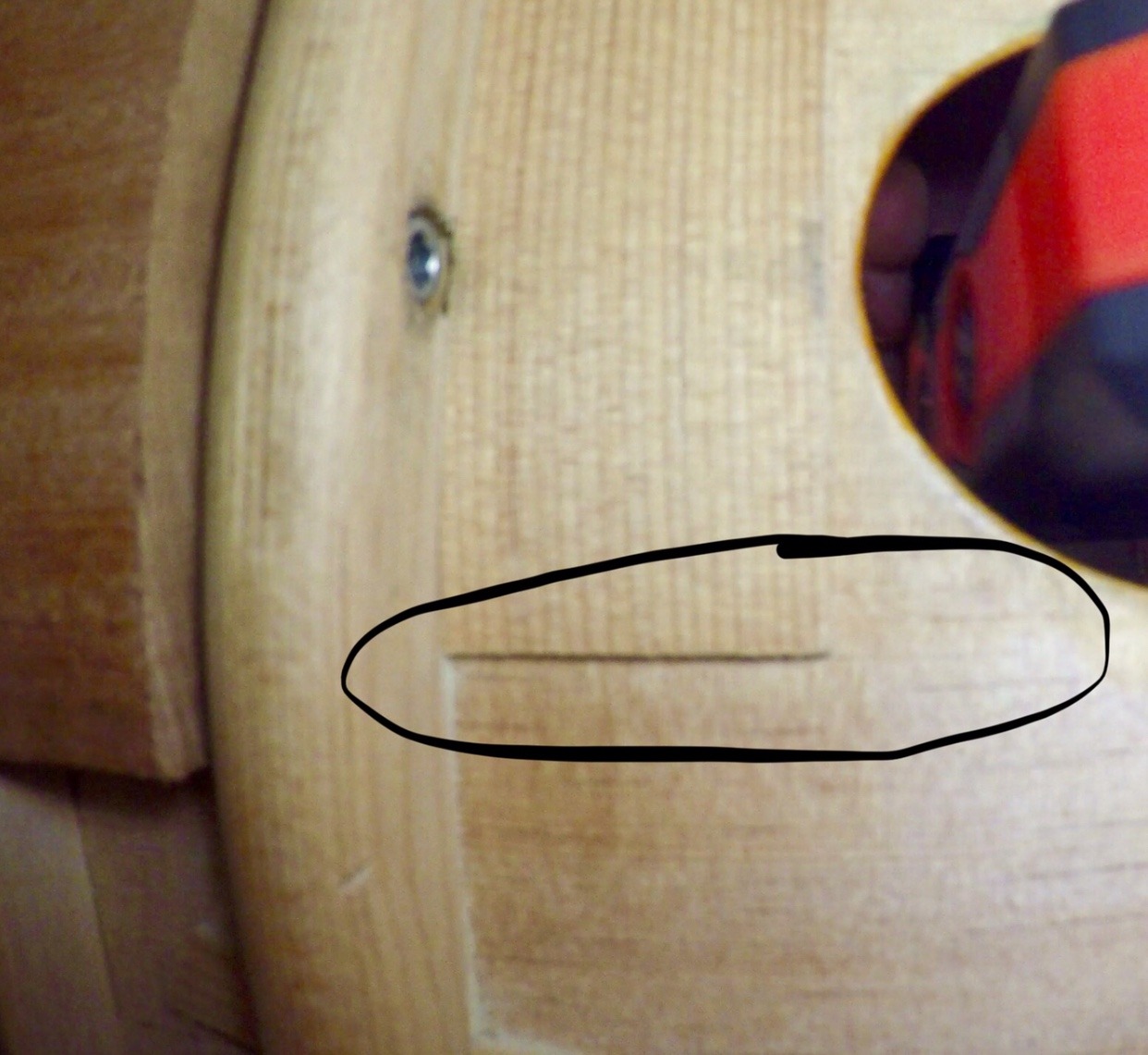
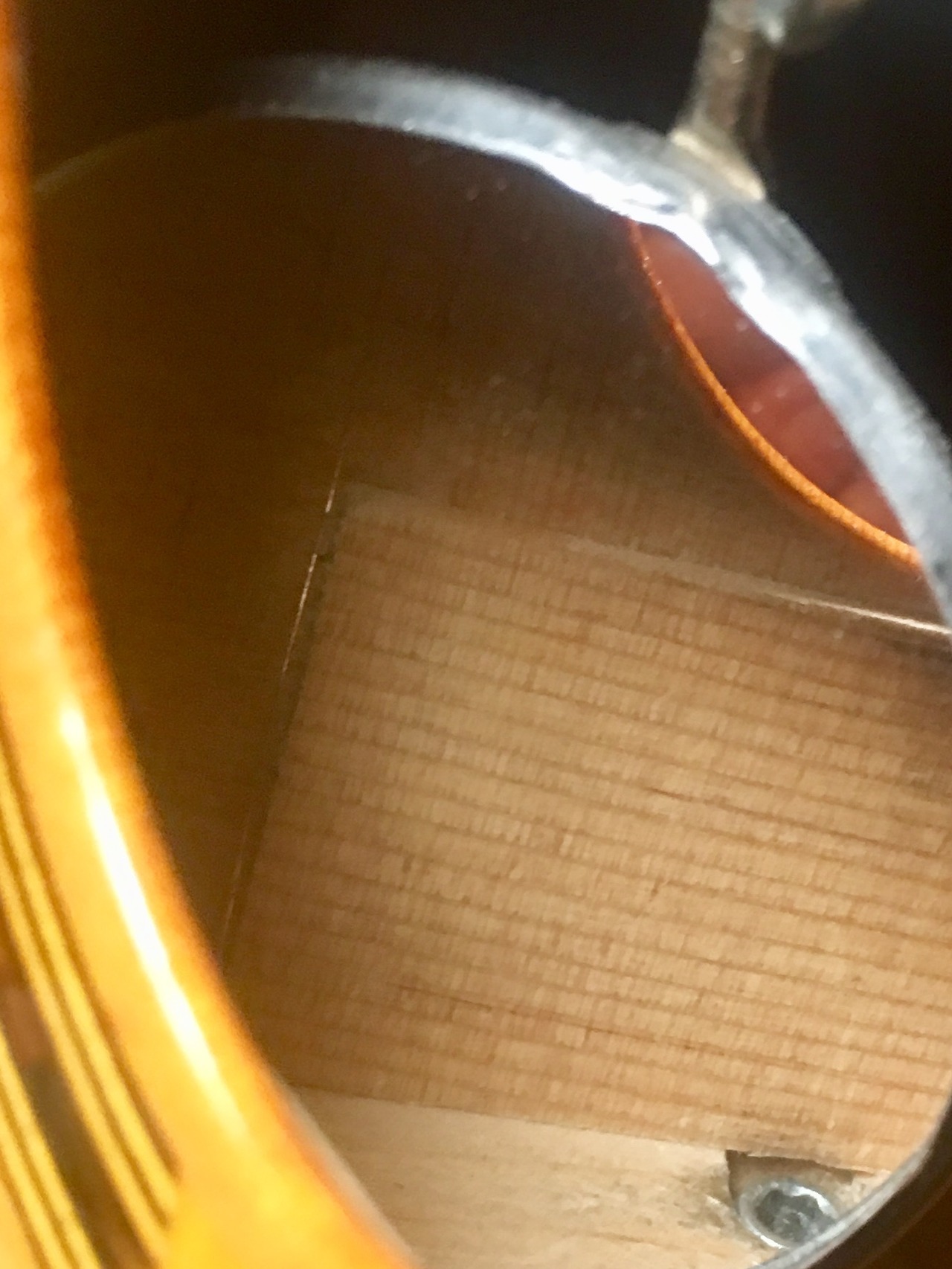
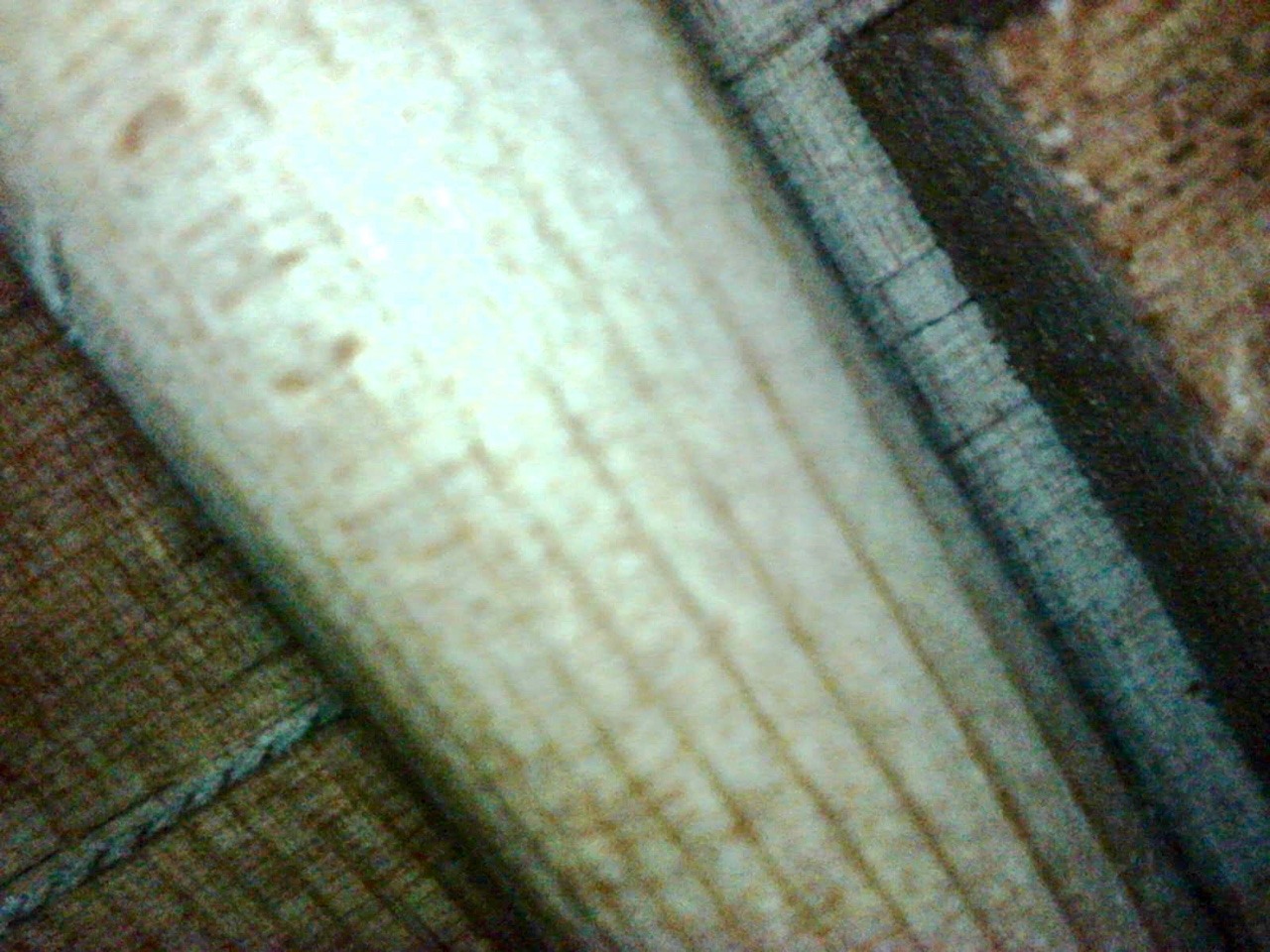
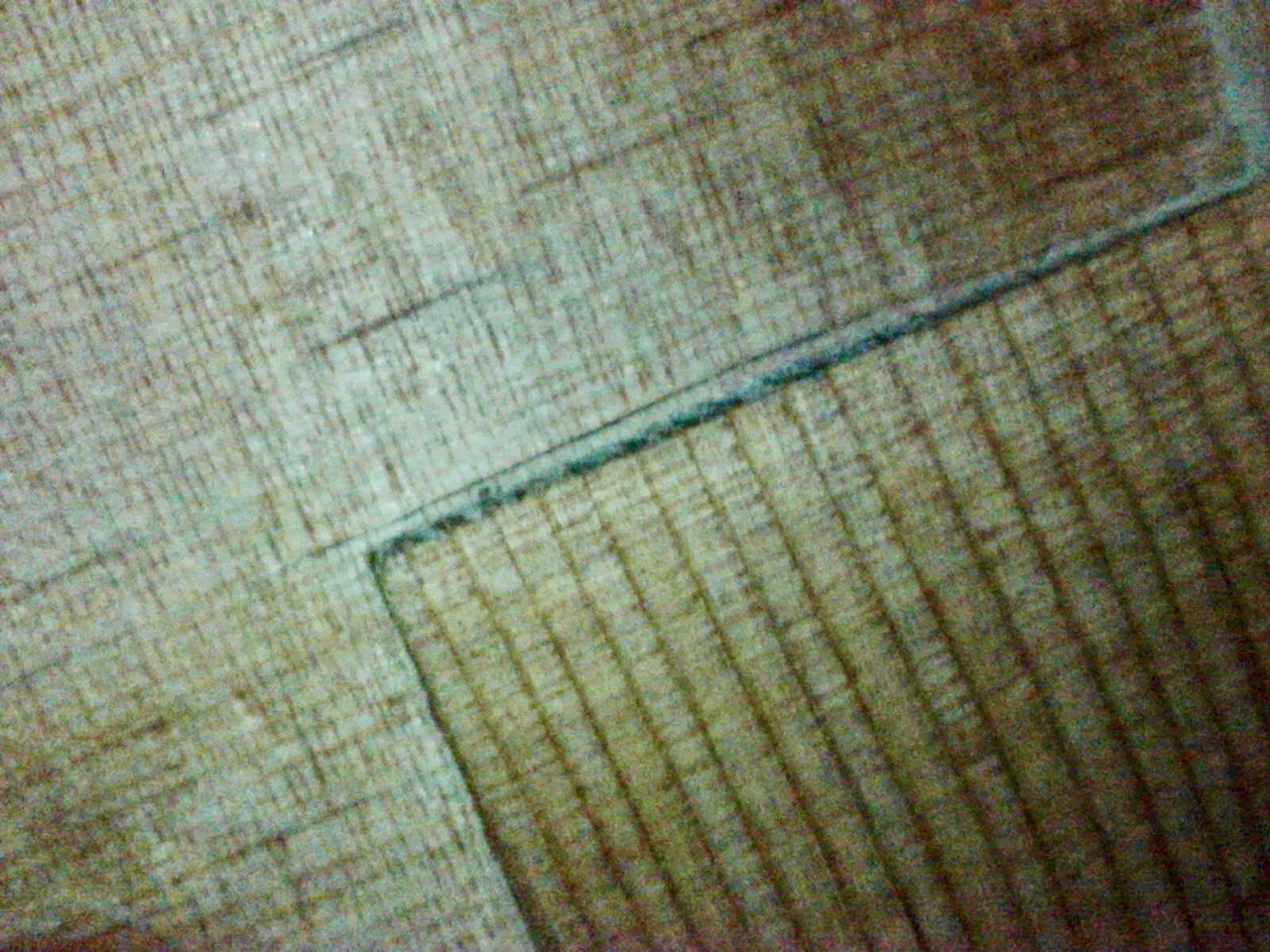

















Comments
Today I do play very old guitar which I bought in Lion (but originally from gypsy community of Strasbourg) ...Has many cracks and is very light weight and great set up!..I can say I love her.And yes I don't know her "name".
And to think that I bought it on eBay as being in "near mint" condition.
Cleating a crack with small bits of wood on the underside is a common reinforcement approach, but one has to be careful not to induce more stress risers like the fingerboard. The best cleats are thin, light and either diamond shaped or round so a straight edge of the cleat does not align with the grain in the top.
I'd use Hot Hide Glue or Fish Glue instead of Titebond for both the crack and the cleats. HHG or FG will be less visible in the crack than Titebond but more importantly, the seam can be reglued with heat and fresh HHG or FG if it cracks again. Titebond does not stick well to itself, so if the crack opens up again, the edges will have to be cleaned well of Titebond before regluing and this will surely open the crack up to the point it will need a spine. Also, in spite of all three glues being water based, HHG and FG seem to hydrate the wood less than Titebond. Excess hydration causes the edges of the crack to curl up. If this happens, do not sand it down. Just leave it alone for a week or two and it will shrink back to normal on its own.
Yes, so I got this DG 300 Jorgenson for $600 off craigslist. And, not counting the crack, it's in like new/excellent condition. There are no noticeable signs of wear outside of the crack. It plays nicely, although I think there is one noticeable fret buzz at around 14-16 on the high e. I'll see if a truss rod adjustment will fix that before getting any frets redone by my luthier friend.
And yes the crack was something that I wanted to look nice for resale value as well. Since this will definitely not be my last GJ guitar investment. But for now, it's quite good to play on and sounds (and looks) awesome. And now i'll be sure to keep it humidified at all times.
Thanks!